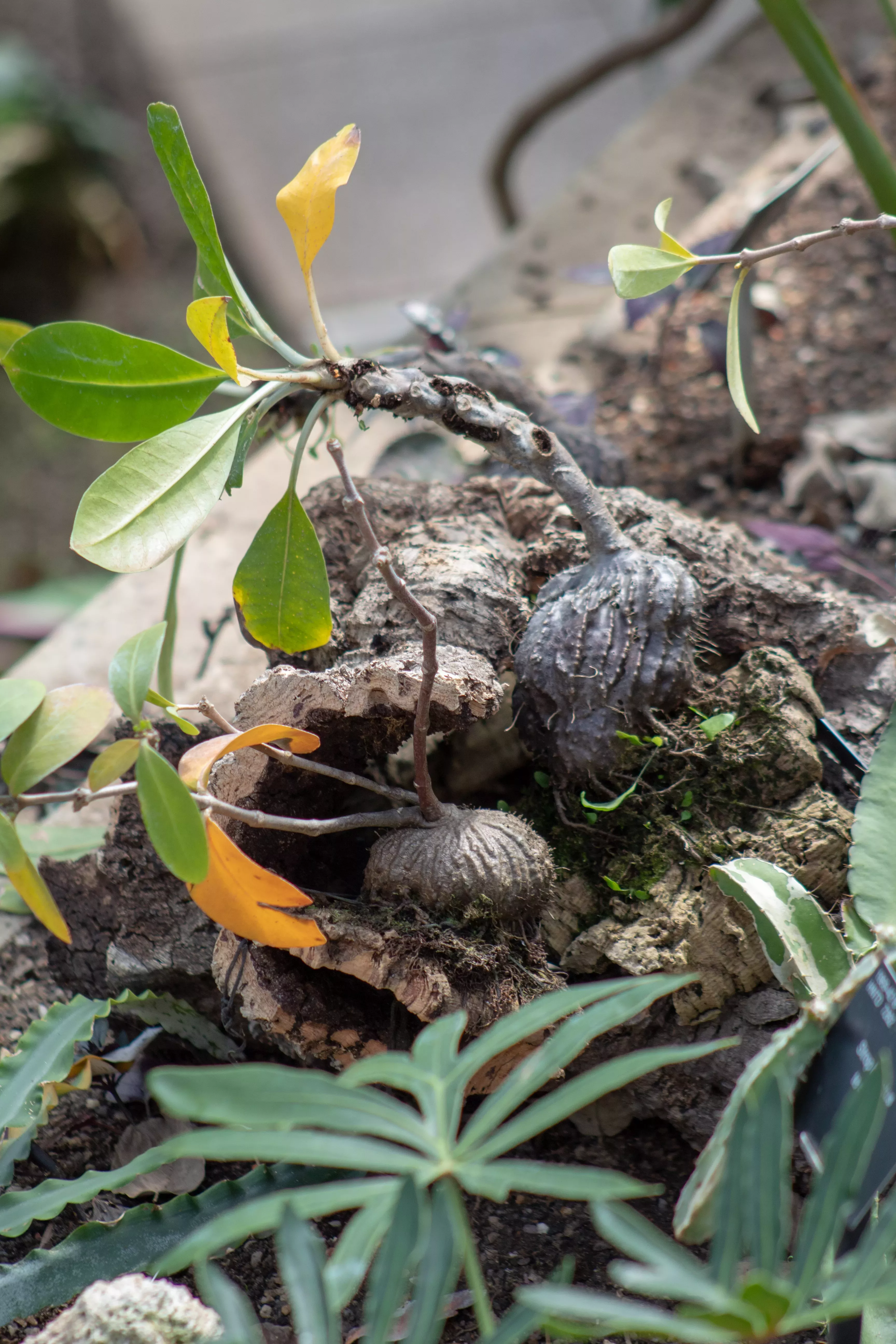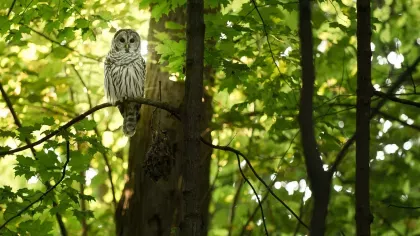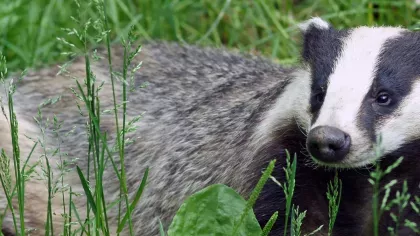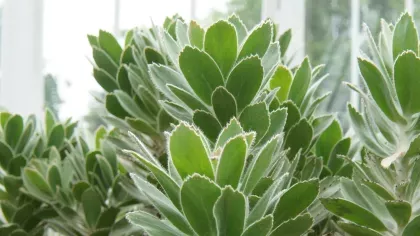1 November 2018
Ants and plants: a very natural love story
Ant-plants are an excellent demonstration of how the insect world and the plant world are deeply intertwined. Grace Brewer, Research Assistant at Kew, tells us more about this fascinating relationship.

A healthy relationship
Myrmecophytes, otherwise known as ant-plants, share a mutualistic relationship with a colony of ants.
This is when two organisms of different species each benefit from the activity of the other.
There are over 100 different genera of myrmecophytes that can be found across the world’s tropical regions.
Like all healthy relationships, myrmecophytes and ants have worked out their balance of give and take.
Myrmecophytes have structural adaptations to their rhizomes, leaves and stems that provide ants with food and shelter, and in return, ants assist them with nutrition, defence and seed dispersal.

What exactly is their secret?
The adaptations found in myrmecophytes that make this relationship such a success are their domatia, food bodies and extrafloral nectaries.
- Domatia are specialised hollow structures typically found in the stems, leaves and spines of myrmecophytes. They make a perfect space for colonies of ants to live in, and protect them from the elements and predators.
One myrmecophytic plant family, Rubiaceae, has a particular genus called Myrmecodia.
They grow harmlessly on the surface of the tree branches and trunks. Their domatia are hollow, tuberous, swollen stems containing many chambers.
The smooth-walled chambers are used by ants as nurseries for their larvae and pupae, and rough-walled chambers are used for waste disposal.
- Food bodies are specialised structures comprised of lipids, proteins or glycogen which ants can remove and consume.
- Extrafloral nectaries provide nectar (but are not flowers) and are commonly found on leaves, stems and twigs. These extrafloral nectaries can provide sugar to feed resident ants in myrmecophytes with domatia or can serve to attract ant visitors in plants without domatia.
What does a plant get out of this?
Ants help myrmecophytes to get food from a much wider area than their roots can cover.
The plants get nutrients from the ant's nitrogen-rich debris by breaking it down and absorbing it through their wall linings or adventitious roots.
Ants can bite and sting any possible predators, and keep their plant partner in check by pruning encroaching vines of their competing neighbours, giving them more access to light and nutrients.
They also help myrmecophytes survive by harvesting the seeds and returning them to their nests. They eat the food, or elaiosomes, around the seed and deposit the seed itself in their waste pile leaving it to germinate below ground safe from predators and in enriched soil.
One of the best-known examples of ant-plant mutualism is between Acacia cornigera (Fabacea) and the ant Pseudomyrmex ferrugineus (Pseduomyrmecinae) in eastern Mexico.
Here, the plant provides the ant with food and shelter in the form of extrafloral nectar, food bodies containing proteins, and domatia in hollow thorns and in return the ant defends the plant from herbivores, fungi, and encroaching vines.
Survival or choice
The mutualistic relationship between ants and myrmecophytes can be facultative or obligate.
In obligate mutualism, both organisms are interdependent and cannot survive without the other.
In facultative mutualism, on the other hand, neither organism is dependent on this interaction and so plant and ant could survive apart.
Either way, by studying ant-plant interactions, we may be able to plan our conservation efforts better.
The community dynamics of ants are a good ecological indicator, telling us whether a particular habitat is being disturbed and how it can recover.
We grow myrmecophytes behind the scenes in Kew's Tropical Nursery - giving us a great space to explore theories and observe this wonderful relationship up close.


